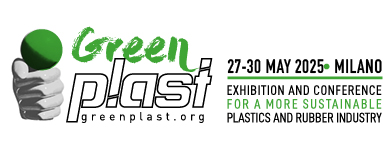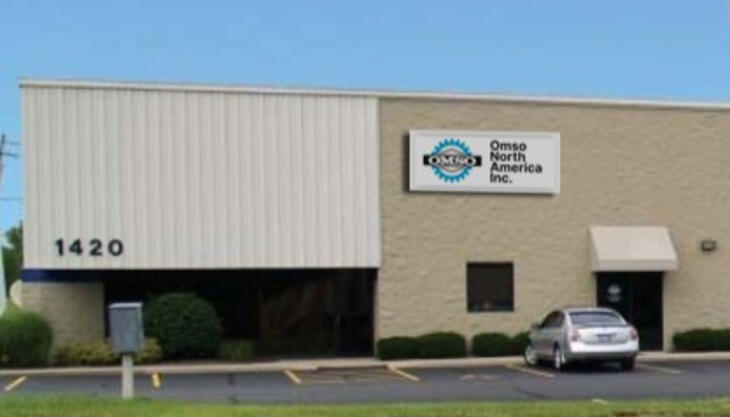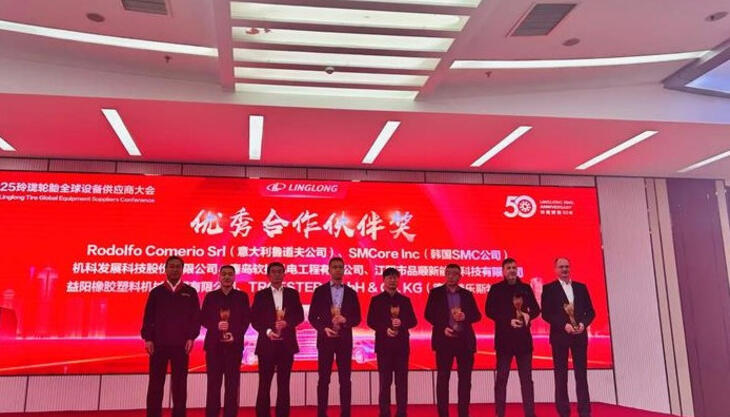Recycling: some like it hot!

Exact chose the K 2013 fair to unveil an important plant for the hot recycling of HDPE, LDPE and LLDPE trimmings whose layout includes a haul-off device positioned above the extruder, in such a way as to force the material downwards, thereby guaranteeing a constant feed flow. This eliminates the need to use air, which is associated with the risk of "detaching" trimmings from the screw of the recycling extruder. The haul-off device is also equipped with a dandy roller, which, controlled by a signal originating from the extrusion plant, ensures that it remains synchronised with changing plant running speeds.
The single-screw extruder, which has a diameter of 60 mm, is divided into three heating zones, two of which are equipped with cooling hoods, and it is equipped with a die-face pelletiser system with rotary knives. The haul-off, screw and knife speeds can be adjusted individually by means of an inverter, so as to obtain pellets of the desired size. The material, once pelletised, is transferred to a cooling spiral, i.e. an approximately 10-metre length of piping wound into a spiral (in such a way as to reduce the overall footprint of the system), and then on to a cyclone where it is ready to be used.
The line can cope with a feeding rate of 300 metres/minute of waste originating from the extrusion plant, and it guarantees an hourly yield of up to 60 kg, even in the case of film roll rejects. The company does not rule out the possibility of developing, in the near future, a smaller and a larger version, or of extending the range with the addition of an underwater cutting system, so as to make it possible to recover all types of thermoplastic film.
The turnkey solution includes high quality components, from the inverters, PLCs and touchscreens by Omron to Zambello gearboxes and Siemens motors. This quality concept also extends to the pressure sensor and the Gefran rupture disc: the first is used to monitor the bars of pressure inside the extruder, and the second to allow discharge of the material in the event of problems, so as to avoid die breakage.


















